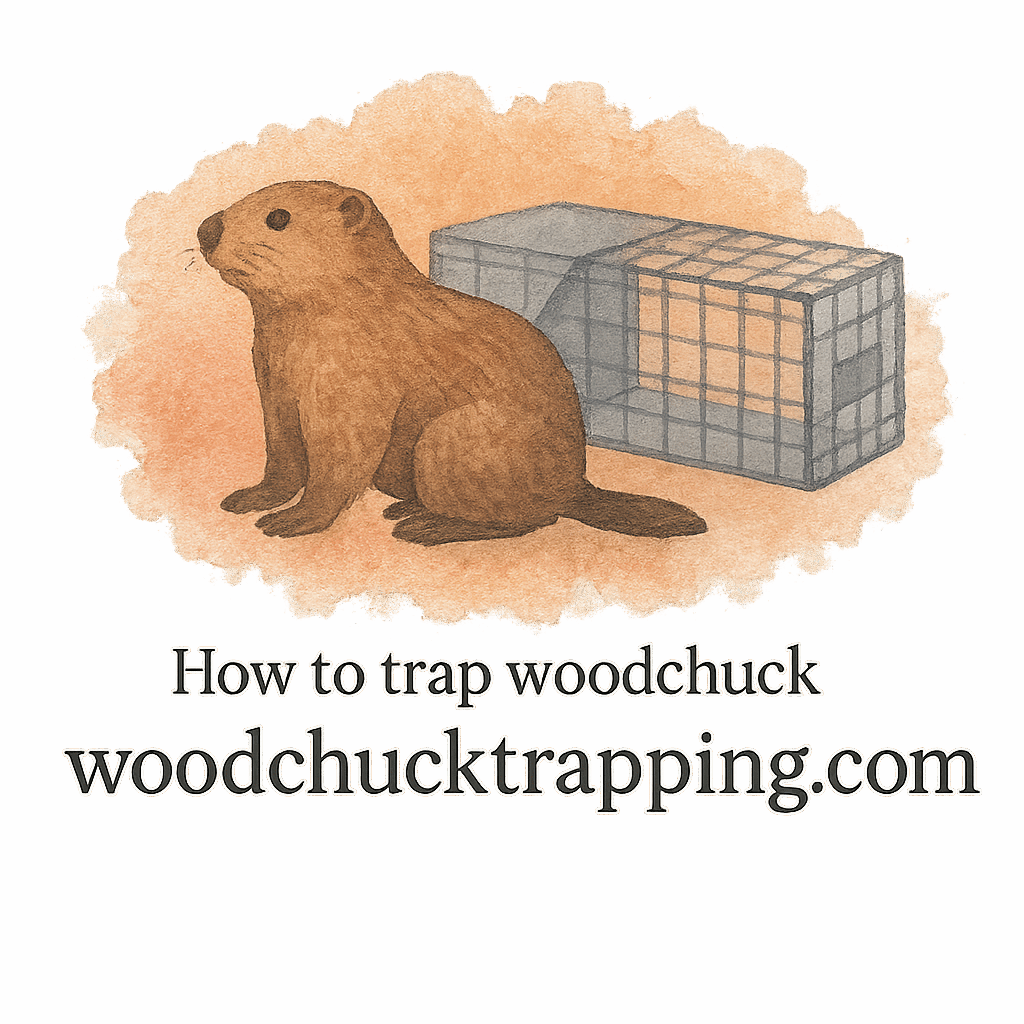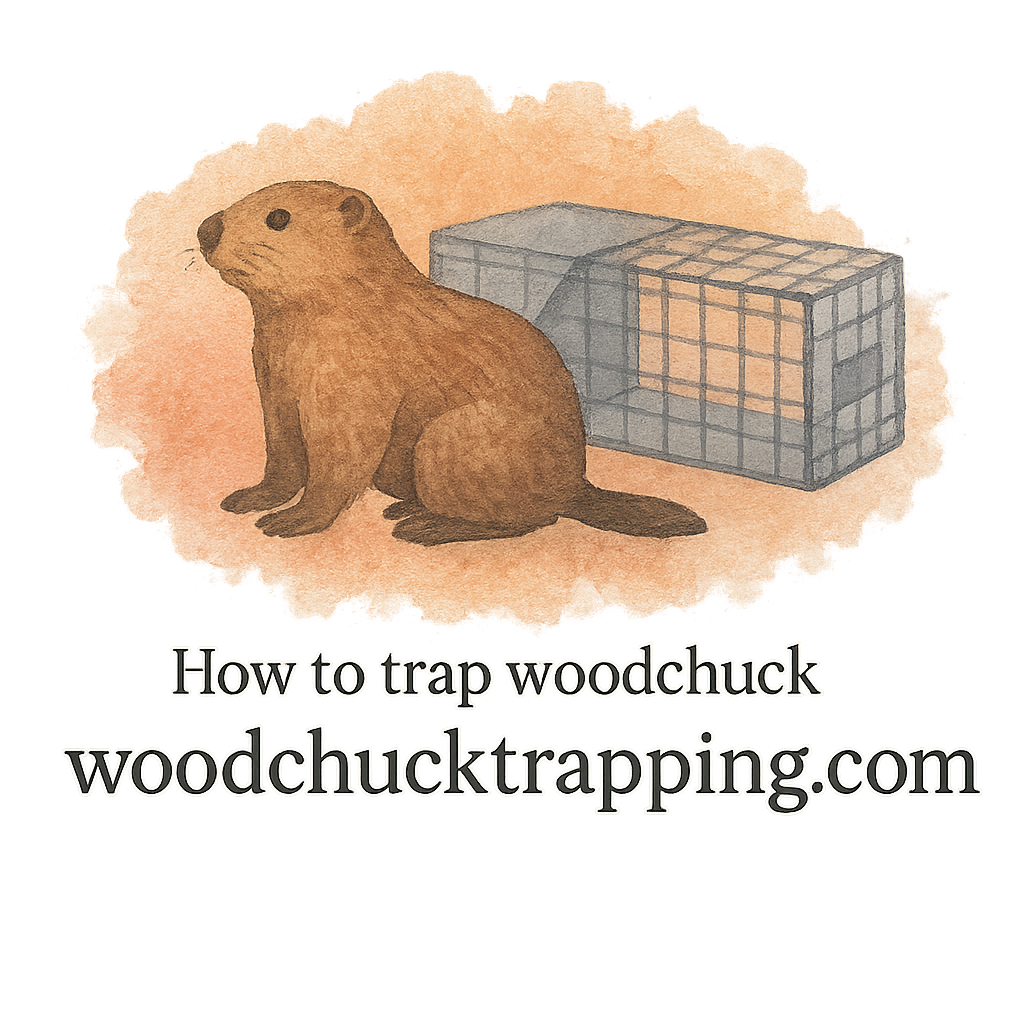Introduction
If you’ve ever walked out into your backyard only to find your garden looking like a salad buffet, chances are you’ve had a run-in with a woodchuck. These furry creatures, also known as groundhogs, can quickly become a nuisance. But here’s the thing—trapping them doesn’t have to be cruel. In fact, there are humane woodchuck trapping techniques that experts swear by, and that’s exactly what we’re diving into today.
We’ll explore 11 expert opinions on the most effective and ethical methods, covering everything from baiting strategies to equipment selection, and even prevention tips to keep them from coming back. By the end, you’ll know how to deal with these critters the right way.
Understanding Woodchucks
What is a Woodchuck?
A woodchuck, often called a groundhog, is a type of rodent that loves to dig burrows. These burrows can cause serious yard damage and even undermine structures. But before you jump into trapping, you need to understand their behavior.
Signs of Woodchuck Infestation
How do you know a woodchuck has taken up residence? Look for:
- Fresh dirt mounds near burrow entrances (signs)
- Chewed-up plants and garden vegetables
- Multiple tunnel openings in your yard
If you’ve spotted these, you’re dealing with an infestation.
Why Humane Trapping Matters
Sure, you want your yard back, but trapping should be done with respect for wildlife. Humane trapping reduces unnecessary suffering and keeps you compliant with laws and safety regulations.
Preparing for Humane Woodchuck Trapping
Identifying Burrows and Yard Damage
Experts recommend inspecting your property thoroughly. Knowing where the burrows are helps in positioning traps effectively. A poorly placed trap means wasted time.
Choosing the Right Trap Gear
Not all traps are created equal. Go for traps designed for humane handling. Check out professional equipment reviews to make sure you’re picking something durable and safe.
Importance of Scent and Lure Selection
The success of your trapping often comes down to bait. Using the right scent bait and lure can make all the difference.
For in-depth guidance, see baiting and luring.
11 Expert Opinions on Humane Woodchuck Trapping Techniques
Opinion 1: Use Compact Traps for Minimal Space
Experts recommend compact traps if you’re working with a small yard. They fit easily in tight spaces and still get the job done.
Opinion 2: Select Humane Equipment for Safety
Professional trappers stress the importance of humane trap models. They ensure that once a woodchuck is captured, it doesn’t suffer unnecessarily.
Opinion 3: Prioritize Baiting and Luring Strategies
Placing the right bait is key. Fresh vegetables often work best, but pairing them with an effective lure can increase your chances dramatically.

Opinion 4: Place Traps Near Active Burrows
Setting your trap directly near burrows is one of the oldest and most effective strategies. Woodchucks rarely resist checking out activity near their tunnels.
Opinion 5: Wear Protective Gloves for Handling
When dealing with traps and bait, always use gloves. Not only do they protect you, but they also prevent leaving human scent behind.
Opinion 6: Focus on Humane Handling After Capture
Once a woodchuck is inside, the real challenge begins—handling it properly. Trapped animal experts suggest calm movements to avoid stressing the creature.
Opinion 7: Apply Proper Trapping Techniques
Correct trap placement, timing, and monitoring are crucial. Professionals recommend reviewing trapping techniques before you start.
Opinion 8: Follow Local Laws and Safety Rules
Every region has unique regulations about trapping. Always check laws and safety requirements before setting traps.
Opinion 9: Prevent Recurring Infestations
Trapping is only step one. Experts advise following prevention and damage control methods to keep them from returning.
Opinion 10: Watch for Early Signs of Infestation
Staying alert for early signs of woodchucks can save you from major damage later.
Opinion 11: Use Expert-Reviewed Equipment
Finally, never underestimate the value of trap gear. Always choose products that professionals have tested.
Essential Tools and Trapping Essentials
Must-Have Trap Gear
From trap essentials to specialized tools, having the right gear is half the battle.
Trap Scent and Placement
Consider adding trap scent to encourage woodchucks to enter. Placement is everything—too far from their burrow, and you’re wasting your effort.
Prevention and Long-Term Solutions
Protecting Small Yards and Gardens
If you’re working with a small yard, fencing and repellents can help maintain a woodchuck-free space.
Reducing Yard Damage from Woodchucks
Long-term strategies like reinforcing weak spots and monitoring for yard damage go hand in hand with trapping.
Common Mistakes to Avoid
Using the Wrong Bait or Trap
The wrong bait or a poorly sized trap leads to wasted effort. Stick with proven methods from how to trap experts.
Ignoring Humane Techniques
Skipping humane methods may seem easier, but it often leads to legal trouble and unnecessary suffering. Ethical trapping is always the better choice.
Conclusion
Humane woodchuck trapping isn’t just about getting rid of an unwanted guest—it’s about doing so responsibly. With the right equipment, baiting strategies, and a solid understanding of their behavior, you can reclaim your yard while respecting wildlife. These 11 expert opinions offer a balanced approach: practical, effective, and ethical.
FAQs
1. What’s the best bait for humane woodchuck trapping?
Fresh fruits and vegetables paired with scent bait work best.
2. Where should I place the trap for maximum success?
Near active burrows or feeding spots.
3. Do I need special gloves when setting traps?
Yes, always use gloves to mask your scent.
4. Can I trap woodchucks in a small yard?
Absolutely! Compact traps are perfect for minimal space.
5. Is humane trapping legal everywhere?
Most places encourage it, but always check laws and safety regulations in your area.
6. How do I prevent woodchucks from coming back?
Use fencing, repellents, and damage prevention strategies.
7. What should I do with a trapped woodchuck?
Handle the trapped animal calmly and follow relocation or release guidelines per local laws.


